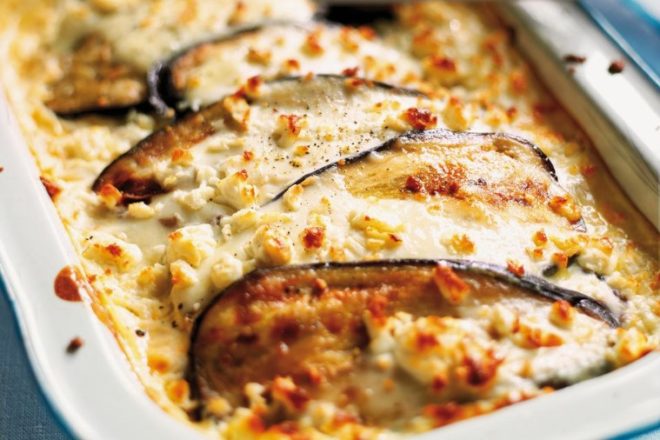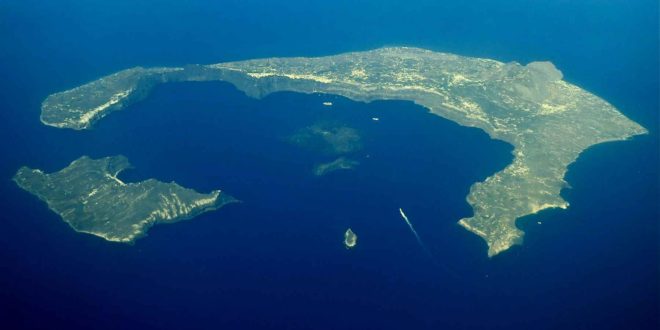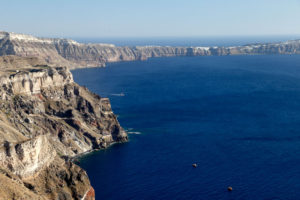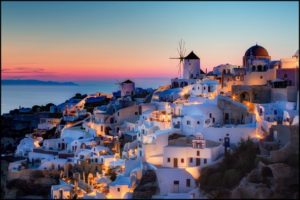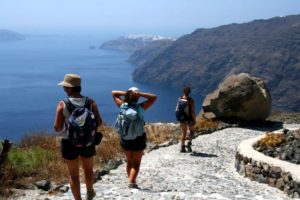
Reflecting on a tour I’ve designed is something I do a lot in the moment and after I return home. I try to design my tours in the same way I would put together a family trip – with memorable experiences. Our tour to mainland Greece and the Greek islands of Mykonos and Santorini was truly unforgettable. First, the wonderful group! We were a group of 11 women and one man. These were individuals who bonded quickly, gave of themselves when needed, cared for each other and generally embraced the concept of group travel. We had guests from California, Ohio, South Carolina, New Jersey and Colorado. We had two sets of sisters and two repeat clients. Most started off not knowing each other but made friends quickly and have now gone home with 10+ (new) good friends As I often say, this is more like a group of friends traveling together than the standard ‘canned’ tour. Seeing people learn through immersive cultural experiences and sharing in that joy with newly-made friends is the greatest reward I could ask for. Thank you to everyone who joined us on another adventure ~ one we will not forget!
We arrived to Athens in a Medicane – a Mediterranean hurricane. The rain and wind was an unusual weather pattern they were experiencing in Greece and we ‘enjoyed’ it for all three days we were there! Nevertheless, we persisted. We visited the Acropolis with a certified Greek guide who was an expert in archaeology and Greek history. The winds were 45mph and the rain did not stop. What better way to visit the Acropolis!? Our guide was a delight and extremely knowledgeable about the Acropolis, its temples and the artifacts in the Acropolis Museum. We learned so much and it was a day we will all remember!
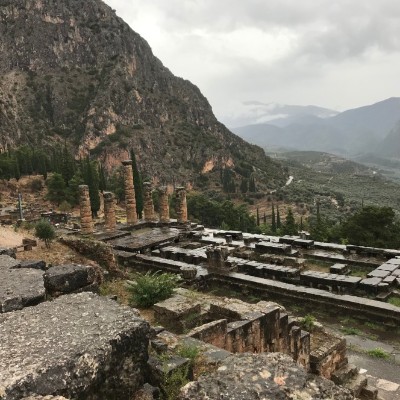 We headed north from Athens to Delphi. Delphi is one of the most important historic sites in Greece. The ancient Greeks considered Delphi to be the ‘center of the world’. They went to Delphi to consult Pythia, the Oracle, who gave advice on everything from when to plant crops to whether to go to war. She sat in Apollo’s Temple, the ruins you see here. Visitors would line up to see her. This site and museum are well worth a visit. Out guide unraveled the mysteries and history surrounding this important Greek site.
We headed north from Athens to Delphi. Delphi is one of the most important historic sites in Greece. The ancient Greeks considered Delphi to be the ‘center of the world’. They went to Delphi to consult Pythia, the Oracle, who gave advice on everything from when to plant crops to whether to go to war. She sat in Apollo’s Temple, the ruins you see here. Visitors would line up to see her. This site and museum are well worth a visit. Out guide unraveled the mysteries and history surrounding this important Greek site.
Onward to Kalambaka and the Meteora monasteries in mainland Greece. This area is magical with monasteries built on top of and amongst great rock outcroppings. Beginning in the 14th century, nomadic Greek Orthodox monks built monasteries as a way to create isolation, peace and protection. The monks built them using only ropes, pulleys and baskets and would raise access when they needed to escape invaders. They still use cable cars today (replacing the old baskets) to move people and goods between the monasteries. We had a wonderful hiking guide who entertained and informed us the whole way!
 We flew from Athens to Mykonos, a short 35-minute flight. That evening was spent in Chora/Mykonos Town doing some much-anticipated island shopping, eating and imbibing of Greek wines. We visited the Kato Windmill overlooking Little Venice where we dined on the waterfront. It was so lovely to sit and watch the sunset with new friends, enjoy freshly caught fish and take in the magic of this Greek island.
We flew from Athens to Mykonos, a short 35-minute flight. That evening was spent in Chora/Mykonos Town doing some much-anticipated island shopping, eating and imbibing of Greek wines. We visited the Kato Windmill overlooking Little Venice where we dined on the waterfront. It was so lovely to sit and watch the sunset with new friends, enjoy freshly caught fish and take in the magic of this Greek island.
OPA! It was a lively Greek Night on Mykonos! Our guests had a great time watching the show and participating in traditional Greek dancing!
A day spent sailing on a private catamaran is good for the head and the heart! We sailed to two protected coves off Mykonos, swam and enjoy a magnficient lunch on board!
Santorini is simply breathtaking! The white cubiform buildings lining the cliff of the volcano, the views across the caldera, the sparkling sea and the flowers in bloom everywhere are something photos do not adequately convey. Oia, on the tip of the island, is a shoppers’ paradise filled with boutiques and trendy restaurants. Guests loved having some free time to discover the island on their own. This is the sunset one night looking across the caldera from my room – now forever etched in my memory!
Santorini wines are some of the best Greek wines. Grapes grow in the volcanic soil and absorb the warm sunshine producing wonderful wines. Guests spent the day with a sommelier touring a vineyard, tasting and learning about Santorini viticulture. They then participated in a hands-on cooking class making traditional Santorinian fare: fava dip, tomato fritters, Cretan salad and pork cooked with wild herbs in a local wine reduction sauce. Yum! It was a perfect last day to an incredible 12-day adventure in Greece!



























